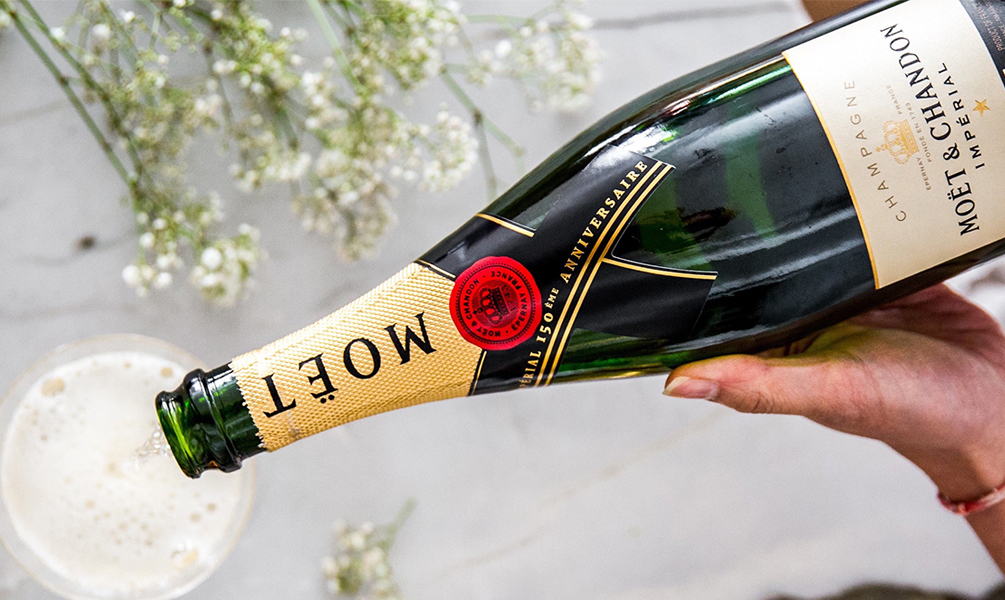
Champagne epitomizes luxury and celebration, but with so many options, choosing the perfect bottle can be daunting. Moët & Chandon stands out among the most prestigious champagne brands worldwide, frequently associated with grand events and sophisticated occasions. Its name is synonymous with elegance, making it a staple in high society and popular culture alike.
But what truly sets Moët & Chandon apart? Is it merely a symbol of prestige, or does it offer genuine quality and craftsmanship? In this article, we’ll explore the brand’s illustrious history, unique features, and assess whether Moët & Chandon lives up to its celebrated status. From its origins in the Champagne region to its current range of offerings, we’ll examine what makes Moët & Chandon exceptional.
We’ll delve into the elements of its production and the qualities that contribute to its renowned reputation. Join us as we uncover the story behind this iconic champagne brand and determine if Moët & Chandon is as remarkable as its esteemed reputation suggests. Discover whether this champagne truly lives up to its status as a symbol of luxury and excellence.
This Moët & Chandon Blog Covers:
- History of Moët & Chandon Brand
- Moët’s Signature Styles
- The Winemaking Process
- Moët’s Brand Reputation
- What Do Experts and Critics Say?
- How Does Moët Compare to Other Champagnes?
- Popularity vs. Prestige
- Moët’s Influence on Popular Culture
- Pricing: Is Moët Worth the Cost?
- Final Thoughts: Is Moët Really a Good Champagne?
History of Moët & Chandon
Founded in 1743 by Claude Moët, Moët & Chandon is one of the oldest and most prestigious champagne houses in the world. The company quickly gained a reputation for producing high-quality sparkling wines, and by the 18th century, it had secured its place as the favored champagne among European aristocracy. Notably, Moët was a favorite of Napoleon Bonaparte, and the brand became intertwined with European high society.
Moët & Chandon also played a significant role in the development of champagne as a drink of celebration. In 1962, Moët became the first champagne house listed on the Paris Stock Exchange, symbolizing its commercial success and growing global presence. Today, it is part of the luxury conglomerate LVMH (Moët Hennessy Louis Vuitton), and it continues to thrive as a brand known for producing a wide variety of champagnes.
Moët’s Signature Styles
Moët & Chandon’s broad appeal is a testament to its diverse range of champagne offerings, each crafted to cater to various tastes and occasions. Among its standout selections, the most notable Moët champagnes include:
Appearance: Pale Straw, Fine Bubbles
Dosage: 9 G/L
Flavor Profile: Vibrant, Fruity, Subtle Toasty Notes
Aging Potential: 3-5 Years
Food Pairing: Shellfish, White Fish, Light Pasta
Serving Temperature: 46.4°F-50°F
Best-Suited Occasions: Weddings, Festive Gatherings, Toasting Success
Since its introduction in 1869, Moet & Chandon Imperial Brut has been a global symbol of celebration. This non-vintage Champagne blends over 100 different wines, with a dominant focus on Pinot Noir, creating a well-rounded balance between brightness and body. Its complexity comes from the inclusion of 20-30% reserve wines, ensuring consistent quality in every bottle.
Appearance: Pink, Amber Highlights, Fine Bubbles
Dosage: 9 G/L
Flavor Profile: Red Fruits, Floral, Subtle Pepper
Aging Potential: 3-5 Years
Food Pairing: Grilled Meats, Red Fruit Desserts, Charcuterie
Serving Temperature: 46.4°F-50°F
Best-Suited Occasions: Romantic Dinners, Summer Events, Garden Parties
The Moet & Chandon Rosé Imperial Brut is an expression of intensity and freshness, released in the 1990s. Crafted from a blend dominated by Pinot Noir with a touch of Pinot Meunier and Chardonnay, this vibrant rosé offers bold fruity flavors balanced with a delicate structure, making it an alluring choice for celebrations.
Appearance: Bright Gold, Large Bubbles
Dosage: 45 G/L
Flavor Profile: Tropical Fruits, Sweetness, Hints of Mint
Aging Potential: 2-3 Years
Food Pairing: Fresh Fruits, Salads, Light Desserts
Serving Temperature: 42°F-46°F (Serve with Ice)
Best-Suited Occasions: Poolside Parties, Picnics, Outdoor Celebrations
Introduced in 2011, Moet & Chandon Ice Imperial was designed to be enjoyed over ice, a revolutionary concept for Champagne. With its higher dosage, this demi-sec Champagne presents an exciting tropical and rich sweetness, perfect for outdoor festivities and summer moments.
Appearance: Pale Gold, Delicate Bubbles
Dosage: 5 G/L
Flavor Profile: Citrus Zest, Brioche, Mineral Notes
Aging Potential: 10+ Years
Food Pairing: Lobster, Veal, Hard Cheeses
Serving Temperature: 46.4°F-50°F
Best-Suited Occasions: Formal Dinners, Vintage Celebrations, Collector’s Tastings
The Moet & Chandon Grand Vintage 2013 celebrates unique vintage qualities, released only in exceptional years. This Extra Brut Champagne is made with grapes exclusively from the 2013 harvest, delivering a mature, complex, and refined taste with a lower dosage, showcasing the purity of the vintage.
Appearance: Bright Pink, Coppery Hues, Lively Bubbles
Dosage: 45 G/L
Flavor Profile: Ripe Berries, Lush Sweetness, Hints of Spices
Aging Potential: 3-5 Years
Food Pairing: Spicy Cuisine, Fruit Tarts, Blue Cheese
Serving Temperature: 46.4°F-50°F
Best-Suited Occasions: Sunset Celebrations, Bold Flavors, Indulgent Moments
Launched in the early 2000s, Moet & Chandon Nectar Imperial Rosé is a semi-sweet rosé that stands out for its intense fruitiness and richness. Blended from predominantly Pinot Noir, this luscious Champagne offers a perfect harmony of bold fruit, sweetness, and vibrant bubbles.
These different styles allow Moët & Chandon to cater to diverse preferences, from those who enjoy classic Brut styles to those with a preference for sweeter or rosé champagnes.
The Winemaking Process
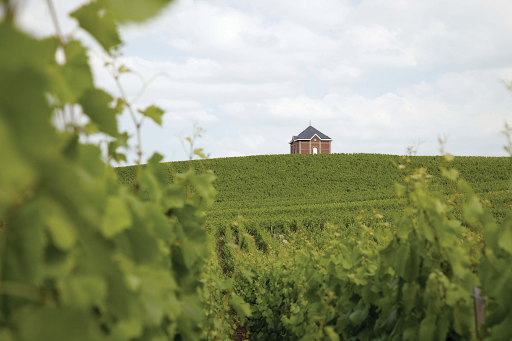
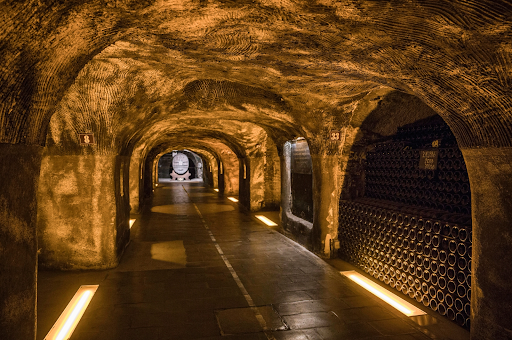
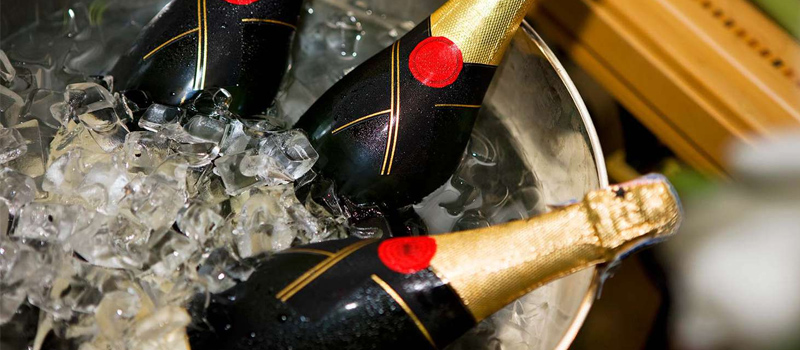
A Legacy of Precision and Expertise
Moët & Chandon’s winemaking process is a testament to its legacy of precision and expertise, refined over centuries. The champagne house draws from an extensive vineyard portfolio, spanning over 1,000 hectares in the renowned Champagne region of France. Notably, a significant portion of these vineyards are classified as Grand Cru and Premier Cru, representing the pinnacle of Champagne's quality tiers.
Key Grape Varieties
At the heart of Moët & Chandon’s champagne are three primary grape varieties, each contributing distinct characteristics:
- Chardonnay: This grape imparts elegance and freshness, enhancing the champagne's crispness and finesse.
- Pinot Noir: Known for adding body and structure, Pinot Noir provides depth and complexity to the blend.
- Pinot Meunier: This variety introduces a fruity and round profile, balancing the other components with its richness.
Traditional Methods and Craftsmanship
The cellar master at Moët & Chandon meticulously oversees the blending of these grapes to ensure consistency and uphold the brand’s signature style. The traditional méthode champenoise is employed, where the second fermentation occurs in the bottle. This process is essential for creating the champagne’s distinctive, effervescent bubbles.
The Role of Aging
Aging is a critical aspect of Moët & Chandon’s production. Moët Impérial, the house’s iconic non-vintage champagne, is aged for approximately 24 months. This aging period allows the champagne to develop its characteristic flavor profile while maintaining its freshness. In contrast, the Grand Vintage champagnes undergo a more extended aging process, with a minimum duration of five years. This prolonged maturation imparts a deeper complexity and richness, showcasing the intricate flavors that are highly sought after by connoisseurs.
Preserving Heritage and Quality
Through this careful and time-honored process, Moët & Chandon not only preserves its prestigious heritage but also continues to deliver champagnes of exceptional quality, resonating with both traditional and contemporary tastes.
Moët’s Brand Reputation
Moët & Chandon has positioned itself as a luxurious, yet accessible champagne brand. It is known for its widespread availability, but this has led some to question whether its quality lives up to its reputation.
On the positive side, Moët is often associated with high-end events, from celebrity parties to prestigious sporting tournaments like the French Open and Formula 1. Its brand image is one of glamour and celebration, making it a popular choice for those looking to make a statement with their beverage selection.
However, there are critics who argue that Moët’s mass-market presence compromises its exclusivity. Because it produces such a high volume of champagne, some suggest that it lacks the artisanal touch of smaller champagne houses that focus on limited production runs and handcrafted techniques.
What Do Experts and Critics Say?
Moët & Chandon garners a spectrum of opinions from champagne experts and critics, reflecting its broad appeal and established reputation. While it is widely recognized for its consistency and quality, particularly with flagship offerings like Moët Impérial, there are varying perspectives on its depth and character.
Positive Reviews:
Renowned wine critic James Suckling highlights Moët Impérial for its bright fruitiness and smooth texture, praising it as an excellent choice for everyday celebrations. This endorsement underscores Moët’s ability to deliver a reliable, high-quality champagne suitable for a variety of occasions.
Decanter also sings the praises of Moët & Chandon Grand Vintage line, especially noting well-regarded vintages like 2008 and 2012. The publication commends these champagnes for their richness and depth, reflecting the craftsmanship and expertise that elevate them above standard offerings.
Criticism:
Despite these accolades, some critics argue that Moët & Chandon’s mass production can lead to a more commercial and less distinctive product compared to boutique or artisanal champagnes. This perspective suggests that while Moët & Chandon excels in consistency, it may lack the nuanced character and unique qualities found in smaller, independent champagne houses.
Enthusiasts seeking a more personalized or distinctive champagne experience might therefore consider exploring lesser-known producers, which often offer a more tailored and unique tasting journey.
In short, while Moët & Chandon enjoys significant acclaim for its quality and consistency, it also faces criticism for its commercial nature, prompting some to seek out more artisanal options for a different kind of champagne experience.
Comparing Moët & Chandon to Its Peers
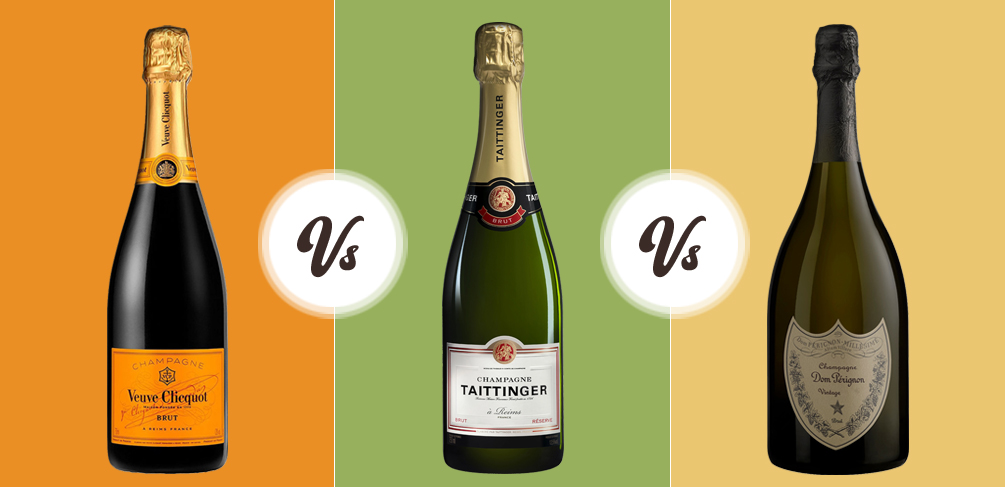
In the world of champagne, comparisons are inevitable as each major house brings its own unique characteristics to the table. Moët & Chandon’s primary competitors include Veuve Clicquot, Taittinger, and Dom Pérignon (also owned by Moët Hennessy). Each of these brands has distinct strengths, and preferences often come down to individual taste.
Veuve Clicquot is renowned for its full-bodied style and rich, toasty flavors. This makes it a favorite among those who enjoy a more robust champagne. Its signature richness is achieved through a high proportion of Pinot Noir in the blend, which adds depth and complexity.
Taittinger is celebrated for its elegant and lighter style, with a notable emphasis on Chardonnay. This focus imparts delicate, floral notes and a refined freshness. Taittinger’s champagnes are often preferred by those who appreciate a more subtle, nuanced profile.
Dom Pérignon, Moët & Chandon’s sister brand, is synonymous with premium prestige and sophistication. Known for its vintage-only offerings, Dom Pérignon delivers a complex and refined experience. Its limited production and meticulous aging process contribute to its esteemed reputation and higher price point.
Accessibility and Popularity
Moët & Chandon distinguishes itself through its widespread availability. As one of the most accessible premium champagnes, it is commonly found in restaurants, hotels, and even airports. This extensive presence is both a testament to its broad appeal and a point of contention for those seeking a more exclusive champagne experience.
In essence, while Moët & Chandon is a celebrated choice for its consistency and wide availability, its competitors offer alternative profiles that cater to different preferences, from robust and toasty to elegant and refined.
Popularity vs. Prestige
One of the interesting aspects of Moët & Chandon is the balance it strikes between popularity and prestige. On one hand, Moët is undeniably one of the most well-known champagne brands in the world, but on the other hand, this very popularity has led some to view it as a more mainstream, commercialized product.
For many, the appeal of Moët lies in its name recognition and the sense of luxury it conveys. However, wine enthusiasts who seek out rare or boutique champagne may look past Moët in favor of smaller producers with a more exclusive, artisanal approach.
This dichotomy between mass appeal and the search for something unique often defines the debate surrounding Moët. While it may not be as niche as other brands, its consistent quality and history make it a reliable choice for many.
Moët’s Influence on Popular Culture
Moët & Chandon has crafted an indelible mark on popular culture, elevating itself beyond a mere luxury beverage to a symbol of opulence and celebration. Its name has become synonymous with moments of grandeur, gracing film festivals, music, and high-profile events with an air of sophistication and indulgence.
The champagne’s allure is poetically captured in its cultural ubiquity. Iconic rapper Jay-Z’s nod to Moët in his song "Show Me What You Got" transforms the brand into a lyrical emblem of success and extravagance. This reference positions Moët as a symbol of achieving dreams and savoring triumphs.
Moët & Chandon’s golden bottles frequently appear in Hollywood’s glamorous tapestry, where their shimmering presence adds a touch of splendor to red carpets and after-parties. In film, champagne is often depicted as the drink of choice for celebratory moments, embodying the essence of high society and the magic of cinema.
The brand’s prominence at prestigious awards shows and lavish gatherings reinforces its role as a beacon of celebration. Its distinct golden hue and elegant branding transform any event into a spectacle of luxury and festivity, making Moët & Chandon not just a drink, but a statement of excellence and sophistication.
Pricing: Is Moët Worth the Cost?
Moët & Chandon champagne price falls within the mid-range spectrum of the market. A standard bottle of Moët Impérial typically costs between $50 and $60, while the Grand Vintage champagne can range from $80 to $120 per bottle, depending on the vintage.
When assessing whether Moët & Chandon champagne is worth the cost, it’s essential to consider both its quality and brand prestige. Moët Impérial, as a non-vintage champagne, offers a consistent and enjoyable experience that many find reliable for celebrations. However, some critics argue that smaller, artisanal champagne houses might provide better value for a similar price, with more distinctive characteristics.
For those who value the brand's renowned status and seek a dependable choice for various occasions, Moët & Chandon is a solid investment. Its established reputation and reliable quality make it a popular selection. On the other hand, wine connoisseurs in search of unique expressions of terroir and exceptional craftsmanship might find more intriguing options among lesser-known producers.
Final Thoughts: Is Moët Really a Good Champagne?
So, is Moët a good champagne? The answer depends on what you’re looking for.
If you value consistency, brand recognition, and a champagne that delivers a reliably pleasant experience, then Moët & Chandon is an excellent choice. It may not offer the artisanal intricacies of smaller champagne houses, but it provides a level of quality that is hard to beat for its price and availability.
For the casual drinker or those new to champagne, Moët is a safe bet that combines elegance with accessibility. However, for seasoned champagne aficionados looking for unique expressions of terroir and winemaking, it may be worth exploring other, smaller producers alongside enjoying Moët’s flagship offerings.
Ultimately, Moët & Chandon has earned its place as a champagne icon—and for good reason. Whether or not it’s the best champagne is a matter of personal taste, but there’s no denying that it’s one of the most important names in the world of sparkling wine. Moët champagne is a good gift, making it a perfect choice for celebrations and special occasions. In fact, many consider "moet champagne good gift" to be an ideal phrase when selecting a present for loved ones.
FAQs About Is Moët & Chandon a Good Champagne?
-
What makes Moët & Chandon champagne stand out?
Moët & Chandon is renowned for its consistent quality and wide range of styles. Its legacy, including a history of prestigious events, along with diverse offerings from brut to rosé, sets it apart.
-
How does Moët & Chandon’s winemaking process differ from others?
Moët & Chandon uses traditional methods, including méthode champenoise and extended aging, to create its signature bubbles and flavor profiles. This dedication to craftsmanship ensures both consistency and refinement.
-
Is Moët & Chandon worth the price?
Moët & Chandon offers good value within its price range, balancing brand prestige with quality. While not the most expensive, its reliable quality and renowned status make it a worthwhile choice for many.
-
What occasions are best suited for Moët & Chandon champagnes?
Moët & Chandon champagnes are ideal for a variety of occasions including weddings, celebrations, romantic dinners, and casual gatherings, thanks to their broad appeal and sophisticated flavors.
-
How does Moët & Chandon compare to other champagne brands?
Compared to brands like Veuve Clicquot or Dom Pérignon, Moët & Chandon is more widely available and accessible. It offers consistency and quality but may lack the niche characteristics of boutique producers.
-
What are the key characteristics of Moët & Chandon’s styles?
Moët & Chandon offers diverse styles: Impérial for classic brightness, Rosé Impérial for vibrant fruitiness, and Ice Impérial for a refreshing twist, each catering to different tastes and occasions.
-
What do experts say about Moët & Chandon champagnes?
Experts appreciate Moët & Chandon for its consistent quality and reliability. However, some critics feel it lacks the unique characteristics found in smaller, artisanal champagne houses.
-
How has Moët & Chandon influenced popular culture?
Moët & Chandon is a symbol of luxury and celebration, appearing in high-profile events, music and film. It’s associated with glamor and success, enhancing its appeal beyond just a drink.
-
What is the history behind Moët & Chandon’s popularity?
Founded in 1743, Moët & Chandon quickly became a favorite among European aristocracy. Its history of innovation and luxury, including being the first listed on the Paris Stock Exchange, has solidified its prestigious status.
-
What are the best food pairings for Moët & Chandon champagnes?
Moët & Chandon champagnes pair well with various foods: Impérial compliments seafood, Rosé Impérial goes well with grilled meats and desserts, and Ice Impérial is perfect with fresh fruits and salads.




















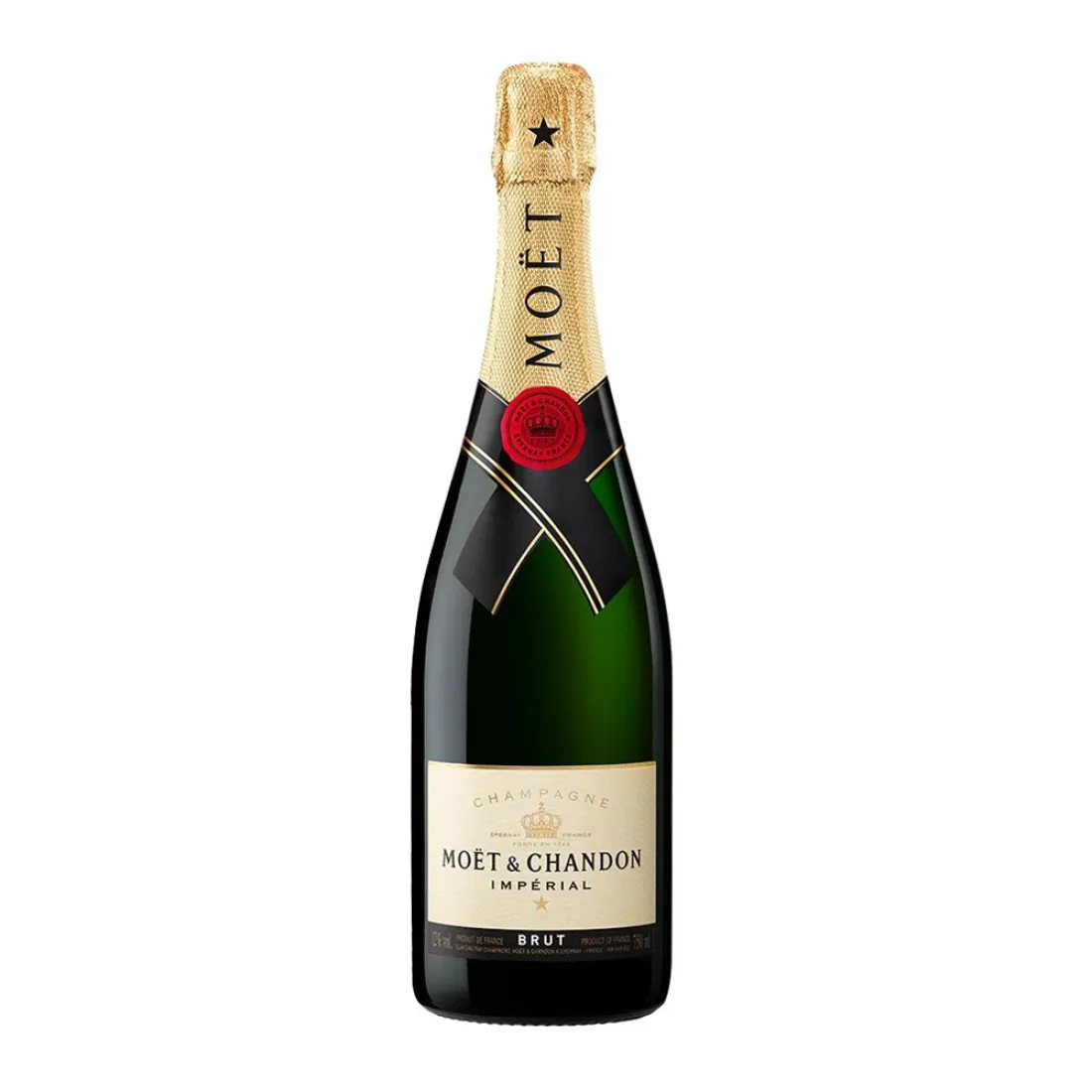
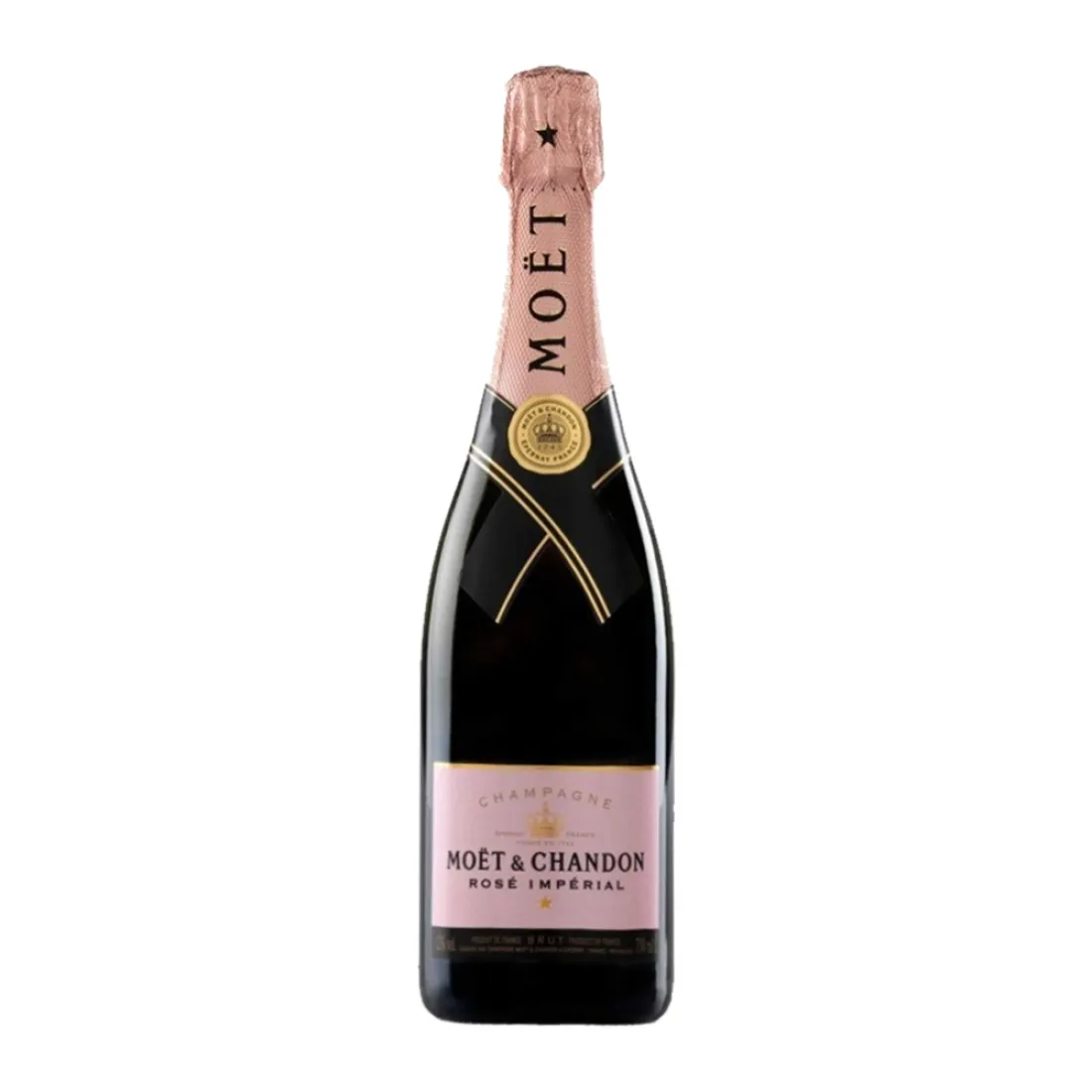
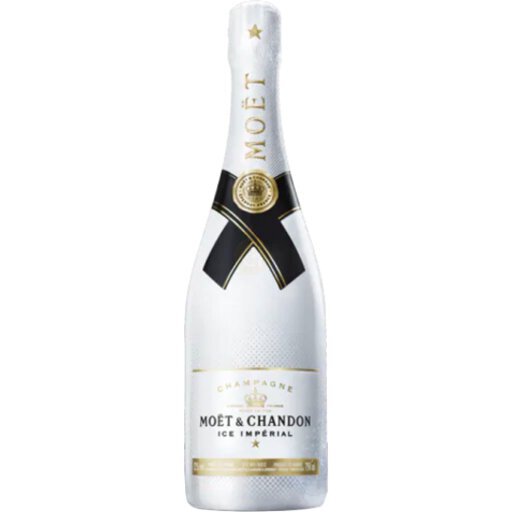
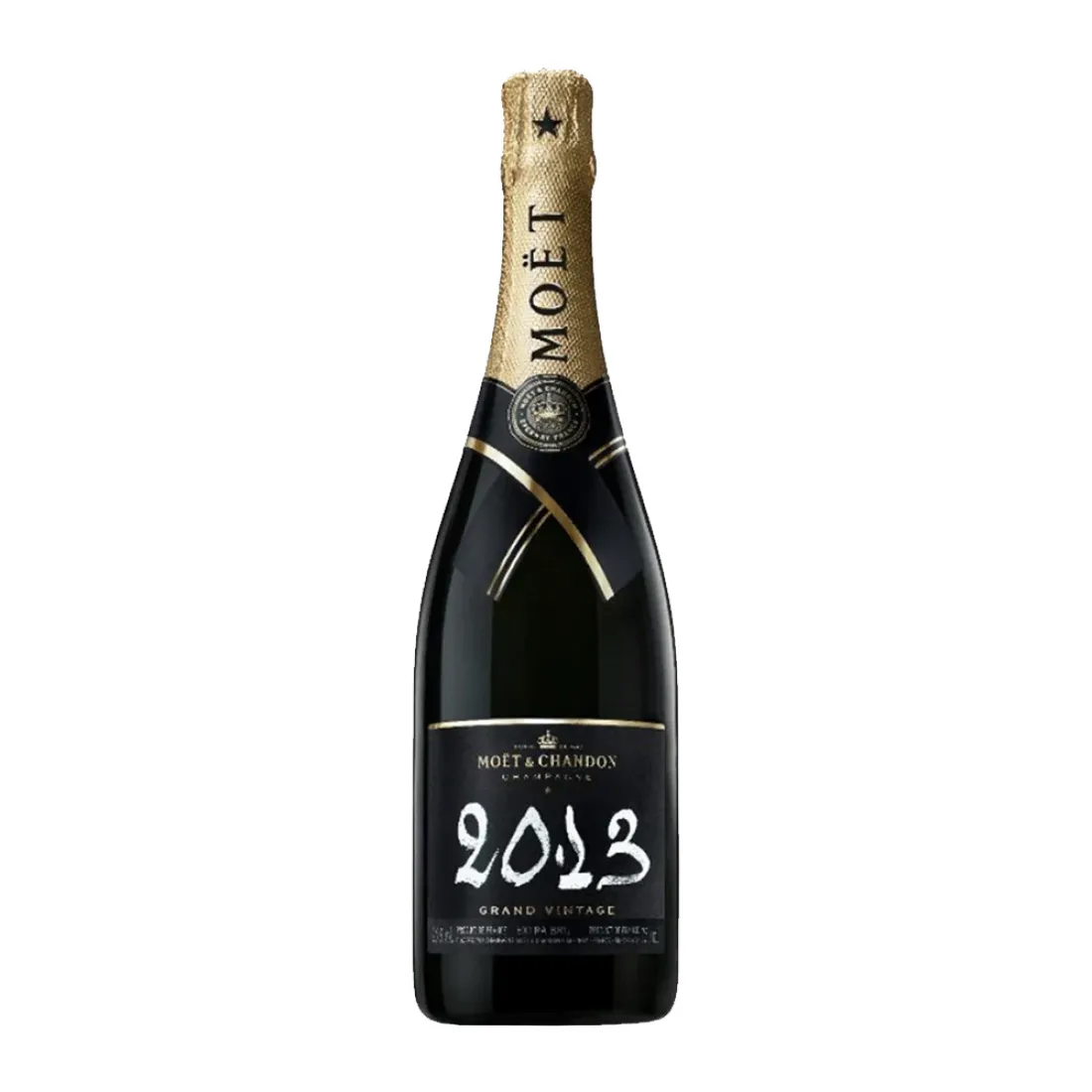
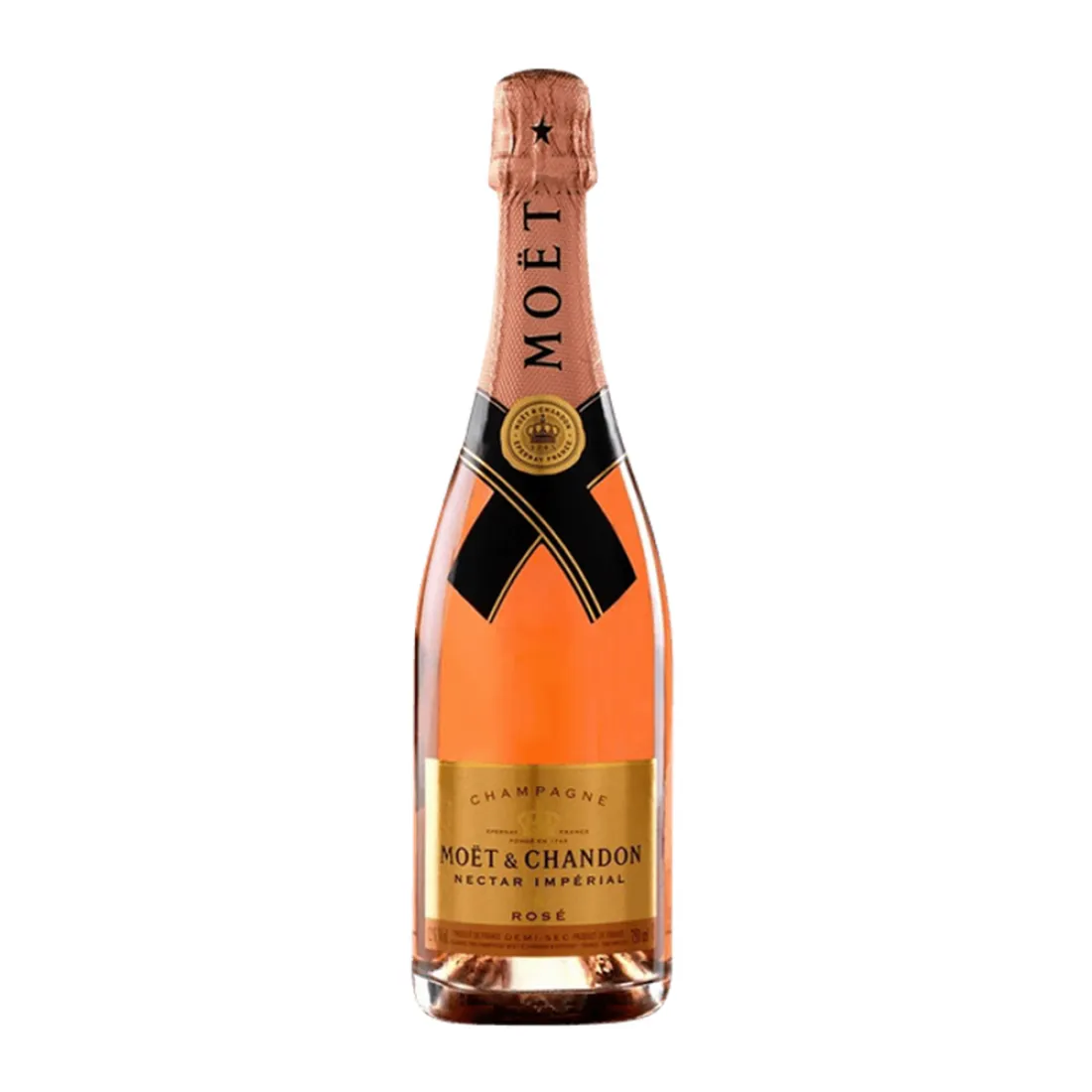
Leave a Comment